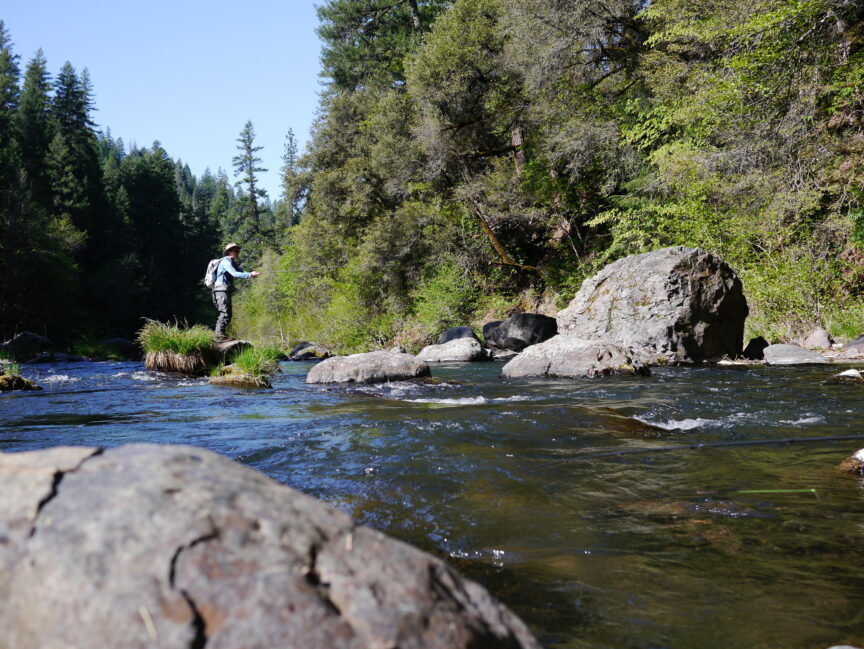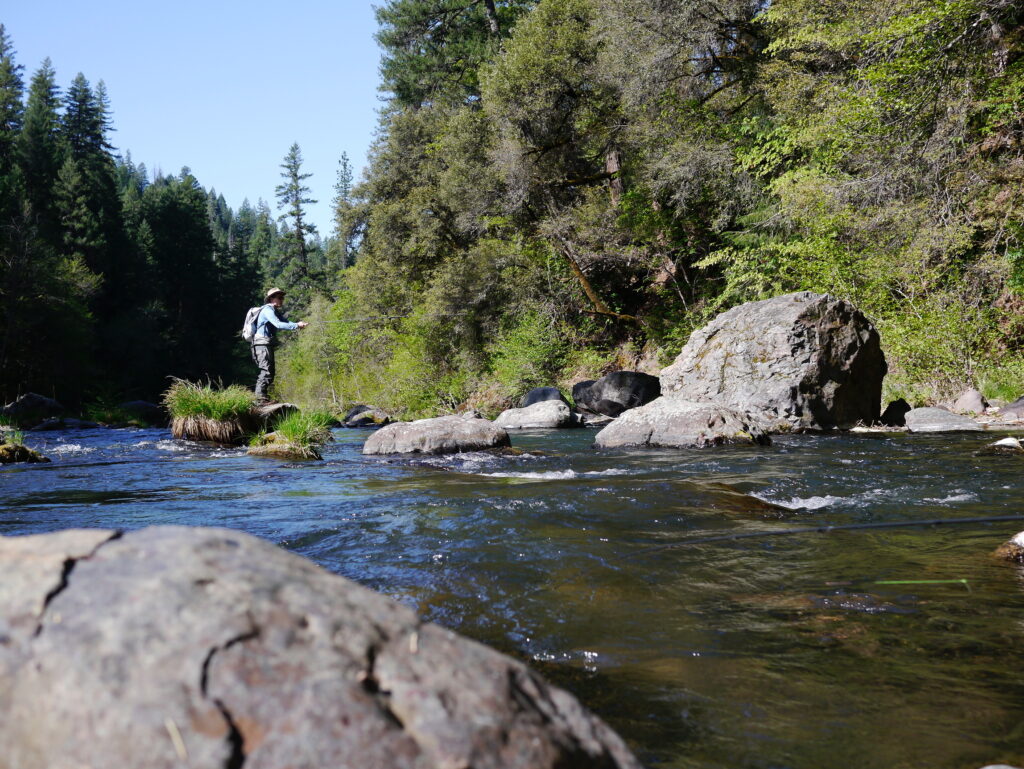
The southernmost state for native steelhead kicked off the 2022 legislative season with a February 18th deadline for introducing bills. TU, Wild Steelheaders United and our allies are tracking and working on several bills and budget actions that could affect wild steelhead and salmon management in the Golden State.
AB 2451 (Jim Wood, D-Santa Rosa)
Seven of the past ten years have been the driest years in California’s recorded history. Severe and prolonged drought has become a regular feature of the climate here, yet the state has struggled to “get ahead of the curve” by investing in planning and preparation rather than simply reacting after-the-fact. For example, in 2021 the state came through with emergency funds to help drought-afflicted communities but by the time these funds arrived it was too late to provide much benefit.
Through the Salmon and Steelhead Coalition, TU and our coalition partners The Nature Conservancy and CalTrout are sponsoring SB 2451, with North Coast Assemblymember Jim Wood, to help solve this problem. SB 2451 creates a dedicated Drought Section at the State Water Resources Control Board whose primary focus will be on drought planning, response, and improving the climate resiliency of water management in California. This bill also directs the Board to create actionable plans for managing water during drought years to protect native species and drinking water supplies in north and central coastal watersheds that are critically important for salmon and steelhead.
We already know there are viable, scalable solutions that benefit fish while improving water security for people because TU has spent years implementing these streamflow and habitat enhancement and fish passage improvement projects that do exactly that. We encourage California steelhead anglers and advocates to contact their state representatives in support of this important legislation. Stay tuned for updates on this important bill, and how steelhead anglers can help support it.
Cannabis
In 2016 California passed Prop 64, which legalized the sale, use and cultivation of cannabis in California. As part of Prop 64, strict environmental and tax rules were implemented to mitigate for the substantial impacts illegal cannabis grows have had on streams, fish and wildlife, while providing incentives for legal growers to get permitted and adopt cultivation practices to limit environmental impacts. Several bills were introduced this session that seek to change the rules regarding cannabis cultivation and taxation structures. We are watching these, especially those related to tax revenue, as these revenues help fund watershed restoration and illegal grow site remediation.
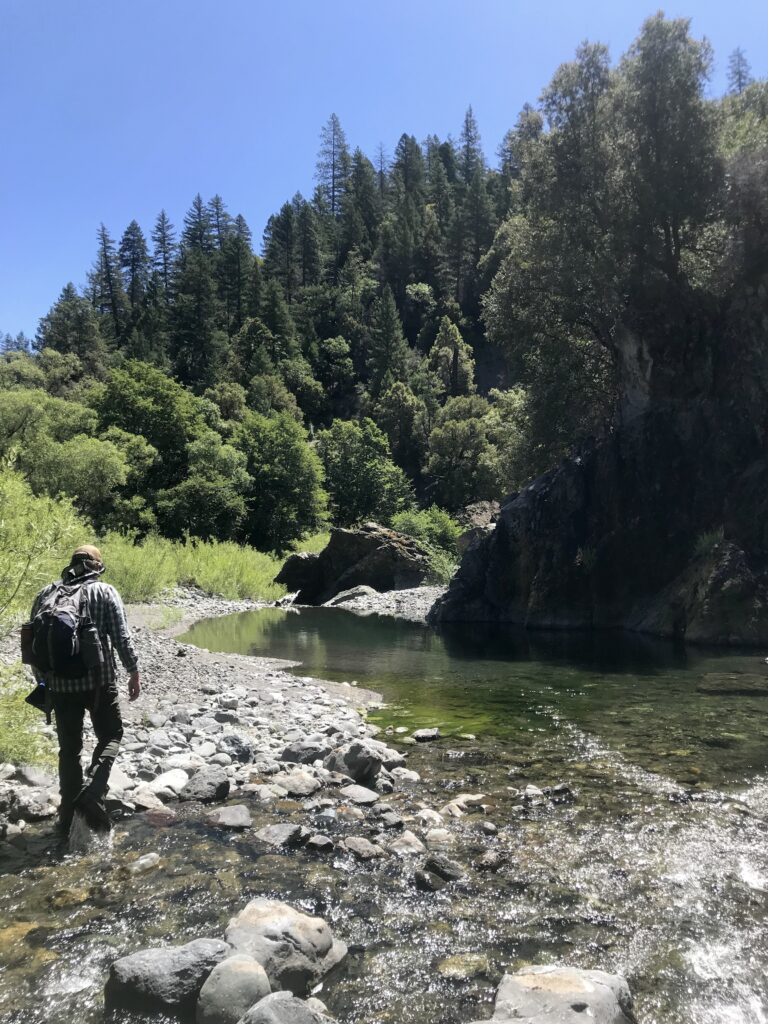
Steelhead Report Card
California’s existing steelhead report card program sunsets in 2022. Despite the low-tech tools and requirements of this program, and low reporting rate from anglers, the steelhead report card remains a useful way to collect data on our steelhead fisheries and raises a small amount of funding for steelhead management and restoration projects. TU and Wild Steelheaders are seeking a two-year extension for the program and will work with the California Department of Fish and Wildlife in that time on changes to improve the program, including creel surveys to improve the quality of data, and increasing the resolution of reporting zones to better understand run sizes in specific rivers.
Budget Priorities
California has been fortunate to have a significant budget surplus that last two years, in addition to commitments from the Governor to invest in water and ecosystem funding that will benefit salmon and steelhead. Among our priorities for this year’s budget are:
- ensuring that funding for the Wildlife Conservation Board’s Stream Flow Enhancement Program is available statewide (not focused just on the Sacramento and San Joaquin River watersheds as proposed);
- funding for the Wildlife Conservation Board’s wildlife corridors and fish passage barrier removal program to support dam removals;
- funding the California Coastal Monitoring Program, which provides critical data on populations and trends of steelhead; and
- additional funding for CDFW’s North Coast Salmon Project, which is working to expedite and enhance efforts to recover endangered coho salmon (a lot of that restoration work benefits steelhead as well).
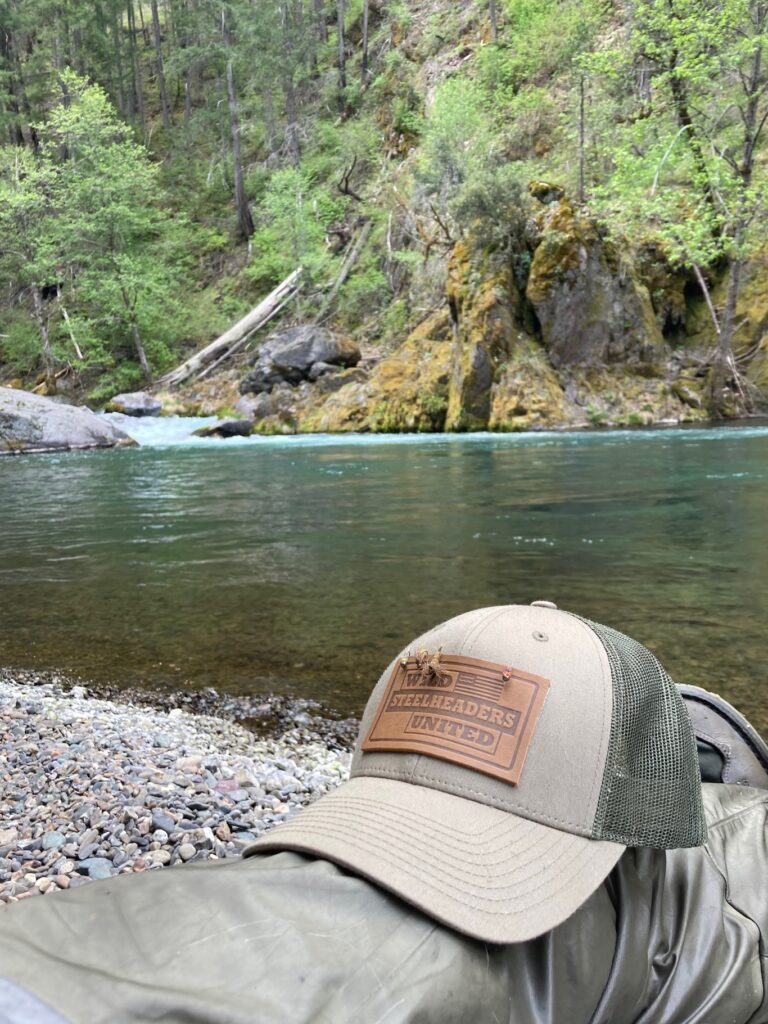
30×30
In 2020, Governor Newsom signed Executive Order N-82-20, elevating the role of natural and working lands in the fight against climate change and committing to the goal of conserving 30 percent of CA’s lands and coastal waters by 2030. TU and our steelhead conservation partners strongly support this ambitious conservation goal and have been working with state agencies on its planning and implementation. However, we have identified one key deficiency in the planning process: a lack of focus on freshwater resources. While protecting lands and coastal waters will also benefit cold water fisheries, we have asked the state to elevate the importance of freshwater for ecological integrity and human use, and to add language pertaining to reconnecting habitat by removing barriers, restoring floodplain access, maintaining sufficient streamflows for fish to thrive, preserving the last best places through Outstanding National Resource Water and Wild and Scenic protections, and investing in restoration of important but degraded habitats like estuaries and headwater meadows.
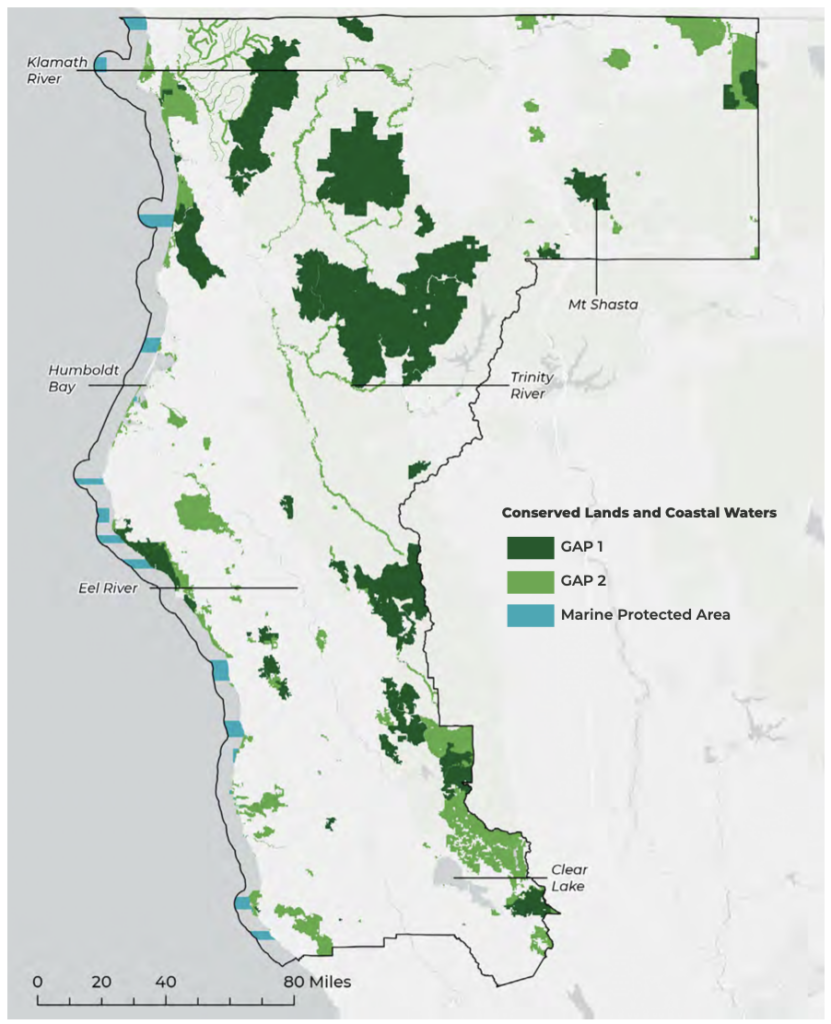
Steelhead listings
We’re continuing to follow two proposed listings for steelhead under the California Endangered Species Act that are making their way through the Fish and Game Commission. Last year, a petition to list Northern California Summer Steelhead – barely hanging on at the southern end of its range in the Eel River watershed – was successful. Summer steelhead in the Eel would benefit hugely from the increasingly-likely removal of two outdated dams in the upper river that block passage to close to 300 miles of steelhead habitat. We’ve posted in the past about how dam removal could help recover these fish.
In southern California, a petition to list the Southern California Steelhead was recently submitted to the Commission. While southern steelhead are already listed as endangered under the federal ESA, extending protections under the California statute would ensure projects affecting SoCal steelhead streams are carefully designed to avoid or minimize harm to these fish. Southern Steelhead are uniquely adapted to hotter and drier conditions than their more northern counterparts, which could make their protection critical to helping wild steelhead adapt to a warming climate more broadly.
Stay tuned to our Facebook and Instagram accounts for quick updates, this blog, and our monthly Wild Steelheader newsletter (sign up here) for additional information and the occasional action alert.
Charlie Schneider is the North Coast Coordinator for Trout Unlimited and president of the Redwood Empire chapter of TU.


